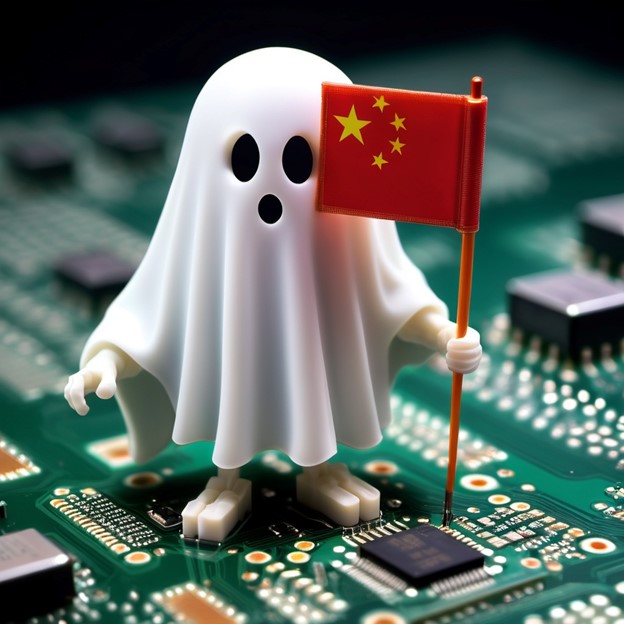Loongson Technology, founded in 2008, primarily focuses on CPUs and SoCs. In 2024, the company reported a revenue of 220 million yuan but saw a decline from the previous year. At its semiannual briefing, Loongson announced progress on its GPUs, including the 9A1000 and 9A2000 models. The 9A2000 is designed to match Nvidia’s RTX 2080 in performance, though in-game results may vary. The company also emphasized that software support will play a critical role in performance.

The Loongson Technology company was formally established in 2008 in the Zhongguan section of Beijing, where Peking University is located. Several other world-renowned technology companies built their Chinese headquarters and research centers in Zhongguancun Technology Park, such as Google, Intel, AMD, Oracle, Motorola, Cogobuy Group, IBM, MySpace, Sony, Solstice, Glodon, and Ericsson. Today, Loongson Technology has grown to just under 1,000 employees, primarily making and selling CPUs and SoCs. For the first half of 2024, the company’s revenue hit 220 million yuan (approximately US$31 million), a year-on-year decrease of -29%.
On September 10, Loongson Technology revealed the latest progress of its self-developed GPUs at its 2024 semiannual performance briefing. The 9A1000 is positioned as an entry-level GPU and AI inference acceleration (32 TOPS) for terminals and targets AMD’s Radeon RX 550 performance levels.
At the meeting, the company was asked if the next-gen 9A2000 could run the game of the moment, Black Myth: Wukong. Loongson Chairman and General Manager Hu Weiwu said, theoretically, the game would run fine; however, it would come down to software support and drivers.
The 9A1000 and 9A2000 GPUs will coexist, as they address different markets. Specifically, the 9A1000 GPU will be taped out by year-end and address entry-level users.
Hu stated that the new 9A2000 GPU’s performance will be “eight to10 times that of [the] 9A1000.” Moreover, for those needing a more familiar frame of reference, he told briefing listeners that “it is comparable to Nvidia RTX 2080.”
PC enthusiasts outside of China may not rush to purchase a Loongson GPU because it lacks DX12 support (with only a possibility of future compatibility). However, if the pricing is competitive and the performance meets current expectations, some might be inclined to buy the 9A2000 out of curiosity, for testing purposes, or simply for tinkering.
Similar to other Chinese GPUs, such as those from Moore Threads, DirectX 12 compatibility remains uncertain. While the hardware might potentially match the performance of a GeForce RTX 2080, actual in-game performance is likely to vary significantly across different titles and will most likely fall short of that benchmark.
Loongson was commercialized as a separate entity and, in April 2010, as Loongson Technology Corporation Limited and formally established in Zhongguancun, Beijing, China. The company is described as a public-private partnership between the Institute of Computing Technology (ICT) and Beijing-based chip designer BLX IC Design Corporation. While the development of Loongson processors began earlier (with the first Loongson chip development starting in 2001), the formal establishment of the company as a commercial entity occurred in April 2010.
The Chinese government’s support for MIPS dates back to the early 2000s. ICT at the Chinese Academy of Sciences independently developed a MIPS-like internal microarchitecture of its Loongson (whose academic name is Godson) instruction set. Historically, Beijing has also been known for funding MIPS chips for handsets, PCs, servers, and supercomputers. The project was part of the technologically self-sufficient Made in China 2025 plan. China uses Linux exclusively for its Loongson MIPS processor family to achieve technology independence.
By 2009, ICT formally licensed the MIPS32 and MIPS64 architectures directly from MIPS Technologies. In August 2011, so did Loongson Technology Corp. Ltd.—for continued development of MIPS-based CPU cores. In 2015, Imagination opened the popular MIPS architecture to universities worldwide.
Loongson announced its first GPU project on July 24, 2023. The company, which has been known for its CPUs based on the LoongArch architecture, revealed its intentions to develop a fully in-house GPU. This was a significant step for Loongson, as it planned to create a competitive graphics solution for both domestic and international markets. The GPU would focus on improving graphical performance while also supporting general-purpose computing tasks like AI and scientific applications.
As a seemingly first step, in early 2023, the company announced the Loongson LS2K2000, an SoC with the LG120 iGPU.
Like many Chinese companies, Loongson is pretty opaque when it comes to actual specifications, availability, and prices, and promises are, well. . . .